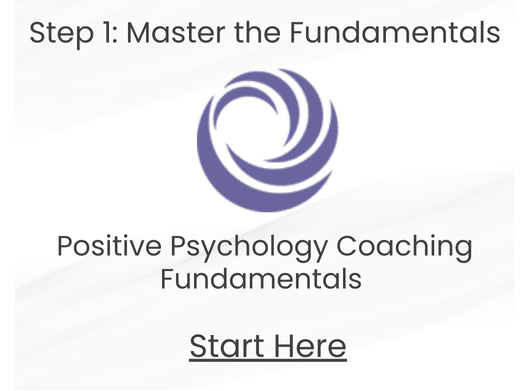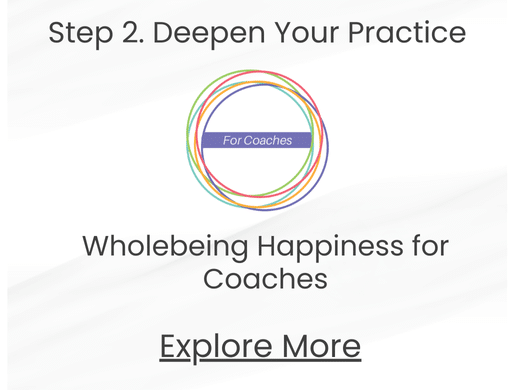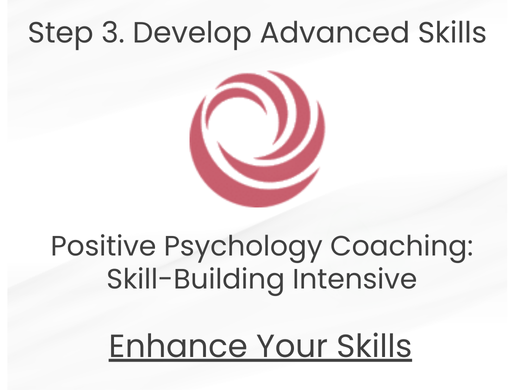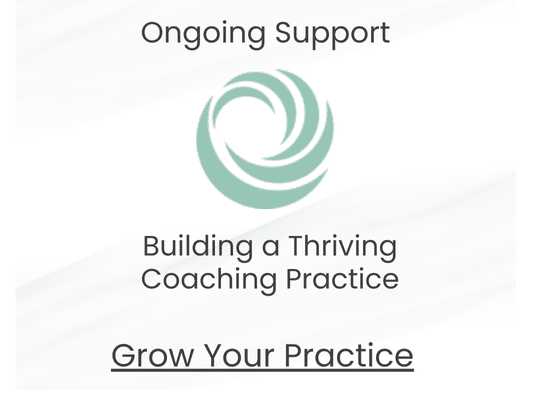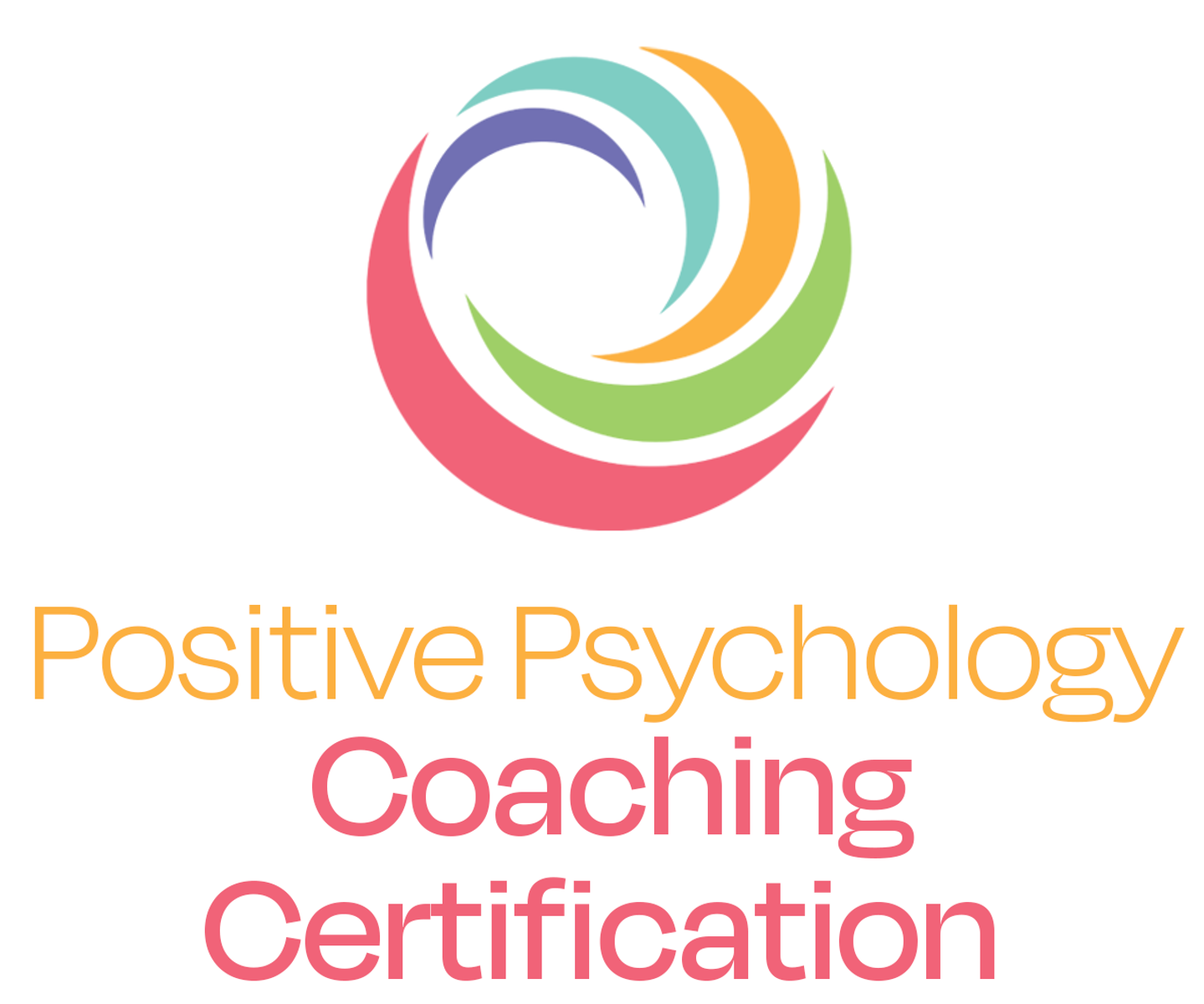And then she said, “I feel like I’m finally allowing my desire for this to grow.”
We were talking about what she’d written in response to a well known Positive Psychology writing prompt developed by Dr. Laura King, which involves imagining a life that is the fulfillment of all of your goals. In the time since Sarah had completed the exercise, she’d experienced greater clarity as well as a real emotional opening.
“I’ve known I’ve been dissatisfied for a long time, but knowing it wasn’t getting me anywhere,” said Sarah, an accomplished publishing professional at the time. “Now I’m developing a clear picture of what I want, and for the first time I’m really letting myself feel my desire for it.”
I think it was her use of the word “desire” that really made me sit up and take notice. Desire is a big word, full of overtones. Saying “I desire” something feels more passionate, and more vulnerable, than saying “I want” it. Desire isn’t just in our heads. It’s emotional and even physical, which gives it tremendous power to motivate change.
And change is at the heart of coaching. Helping my clients create positive change in their lives is why I go to work every morning. So Sarah’s words got me thinking about the importance of desire and other deep emotions in the process of creating and sustaining positive change.
I should mention here that I can be sort of a heady person. I love ideas, books, and scientific evidence. I could talk about research results all day long. It’s one of the reasons I value Positive Psychology so highly, and use it as the basis of my coaching practice. And before I started working with Sarah, I would have described my work mostly in intellectual terms, as helping my clients to figure out what they want and how to get it.
Of course, clear thinking is really important to good coaching. Helping clients to reach new insights and understanding, and to consider their options, think through their decisions, and organize their plans of action is essential. But research findings from across the field of Positive Psychology make clear the importance of also engaging our emotions in the process of change. After all, change is hard. The courage and persistence we need to take sustained action in pursuit of positive change can’t be fueled by information and insight alone. To fuel a successful effort toward change, we need to deeply feel our desire for that change, and tap into genuine hope that the effort will pay off.
My experience of working with Sarah and other clients in my early days as a coach led me back to the books to deepen my understanding of how real change happens, and to better appreciate the importance of emotional engagement in coaching. It also influenced the model for positive change that I subsequently developed for use in my practice and in the Positive Psychology Coaching Fundamentals I created for Wholebeing Institute.
These days, I think of coaching for positive change as including six steps. They aren’t linear, of course, and no two client journeys are alike. But in my experience, all six steps are very important—and they all involve both the head and the heart. I call this the CHANGE model:
When Sarah allowed her desire for positive change to grow around a concrete image of a better life, she was at the beginning of a process that brought her head and her heart together in committed pursuit of the life she desired. Some time after our coaching sessions, I spoke with her, and she told me about some wonderful, lasting changes she had made in both her professional and personal lives.
She’s doing less managing and more writing, which she loves. She’s developed the type of trusting, intimate friendships she so desired. And she says she’s never been happier, or more at home in her own skin. The changes have taken commitment, persistence, and a lot of clear thinking. And they all started with the courage to let her desire grow.
I couldn’t be happier for Sarah, or more grateful to her. Her ability to articulate her feelings and thoughts as she began to create change in her life is a gift I will always treasure—with both my head and my heart.
Register now for the next session of Positive Psychology Coaching Fundamentals.

Lynda Wallace
Program Director



